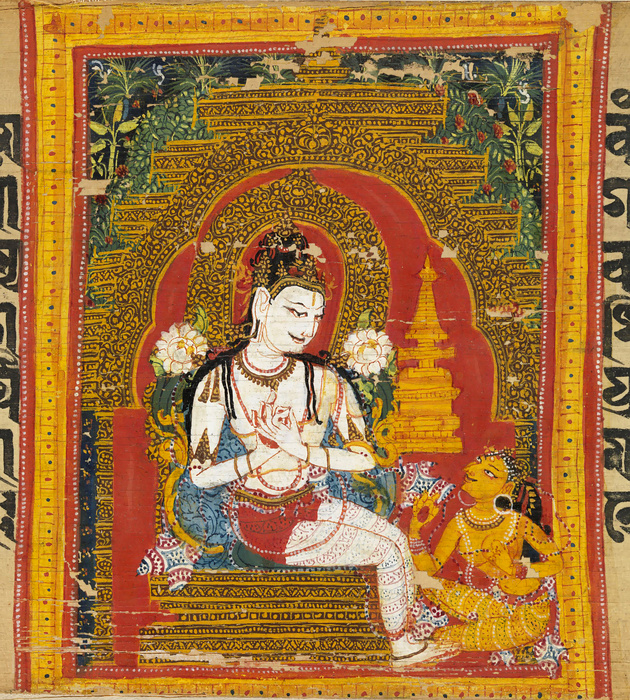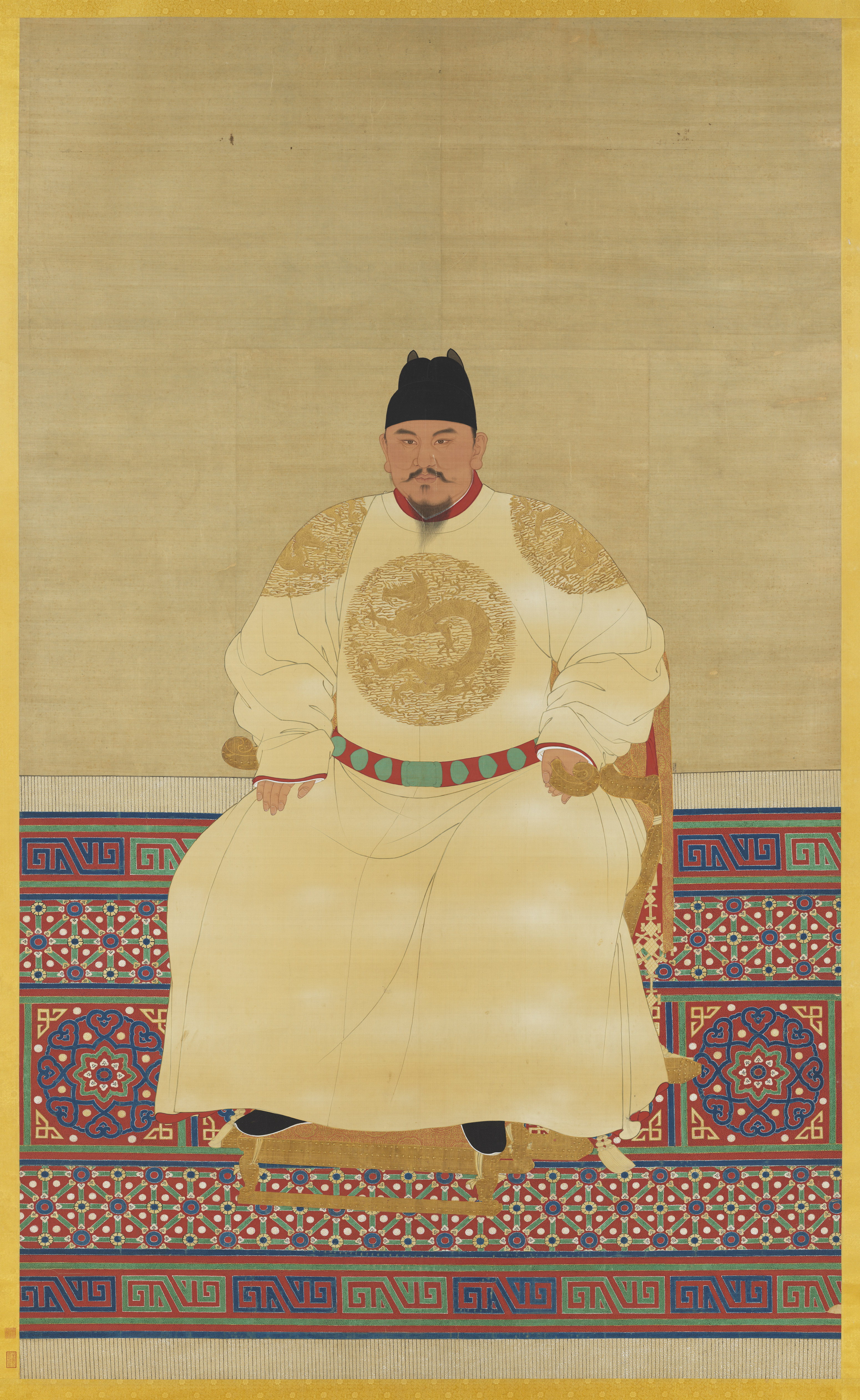|
World Buddhist Scout Brotherhood
The World Buddhist Scout Council (WSBC) formerly the World Buddhist Scout Brotherhood until 2009 is an autonomous, international body committed to promoting and supporting Buddhism within Scouting. The WBSB began as a means to facilitate religious activities among Buddhist Scouts. The WBSC was declared active with the election of its chairman on July 21, 2004, and received consultative status with the World Scout Committee at the WSC meeting on March 9, 2009. The World Scout Committee's guidelines indicate that at least three years is required to fulfill the requirements before consultative status may be granted. In 2016 the gender equality of the organisation name was considered and updated to be more inclusive, becoming the World Buddhist Scout Council. The world jamboree in 2019 was another success with Buddhist scouts both attending and operating exhibitions on Buddhism and collaboration with other faiths in the area of shared spirituality. The Dalai Lama sent a personal bles ... [...More Info...] [...Related Items...] OR: [Wikipedia] [Google] [Baidu] |
Buddhism
Buddhism ( , ), also known as Buddha Dharma and Dharmavinaya (), is an Indian religion or philosophical tradition based on teachings attributed to the Buddha. It originated in northern India as a -movement in the 5th century BCE, and gradually spread throughout much of Asia via the Silk Road. It is the world's fourth-largest religion, with over 520 million followers (Buddhists) who comprise seven percent of the global population. The Buddha taught the Middle Way, a path of spiritual development that avoids both extreme asceticism and hedonism. It aims at liberation from clinging and craving to things which are impermanent (), incapable of satisfying ('), and without a lasting essence (), ending the cycle of death and rebirth (). A summary of this path is expressed in the Noble Eightfold Path, a training of the mind with observance of Buddhist ethics and meditation. Other widely observed practices include: monasticism; " taking refuge" in the Buddha, the , and the ; ... [...More Info...] [...Related Items...] OR: [Wikipedia] [Google] [Baidu] |
Gilwell Park
Gilwell Park is a camp site and activity centre in East London located in the Sewardstonebury area of Waltham Abbey, within Epping Forest, near the border with Chingford. The site is owned by The Scout Association, is used by Scouting and Guiding groups. As the original base of leadership training in the Scout movement, it is an important site of the worldwide Scouting movement. In the late Middle Ages, the area was used as a farm, which grew to become to a wealthy estate that fell into disrepair around 1900. In 1919, Scout Commissioner William de Bois Maclaren bought the estate and gave it to The Scout Association to provide camping facilities for London Scouts and training for Scouters. Scout leaders from all countries of the world have visited Gilwell Park for their Wood Badge training. Gilwell Park is also host to Scout Adventures Gilwell Park, one of twelve national centres run by or in partnership with the Scout Association, including Downe, Youlbury. The site has a ... [...More Info...] [...Related Items...] OR: [Wikipedia] [Google] [Baidu] |
Jamboree 2008 (Ireland)
Scouting in Ireland has hosted many jamborees and jamborettes since Scouting started there in 1908. List Cancelled jamborees * 2001: ''Causeway 2001'' was planned by The Scout Association to be held in Co. Antrim. It was cancelled due to the 2001 outbreak of foot-and-mouth disease after extensive preparations took place. * 2013: Scouting Ireland's second jamboree was planned for 2013 in Stradbally Hall, home of the Electric Picnic music festival, in Stradbally Co. Laois. Deirdre Butler was the Camp Chief and in April 2013 ''Jamboree 2013'' was cancelled due to lack of bookings. Ballyfin '93 Ballyfin '93 took place in the grounds of Ballyfin College, Co. Laois, between 27 July and 5 August 1993. It was hosted by the Catholic Boy Scouts of Ireland, with the support and assistance of Scouting Ireland SAI and the Scout Association in Northern Ireland (a branch of the Scout Association in the UK). It was the third of four such jamborees rotated among the three Scout Associati ... [...More Info...] [...Related Items...] OR: [Wikipedia] [Google] [Baidu] |
French Language
French ( or ) is a Romance language of the Indo-European family. It descended from the Vulgar Latin of the Roman Empire, as did all Romance languages. French evolved from Gallo-Romance, the Latin spoken in Gaul, and more specifically in Northern Gaul. Its closest relatives are the other langues d'oïl—languages historically spoken in northern France and in southern Belgium, which French ( Francien) largely supplanted. French was also influenced by native Celtic languages of Northern Roman Gaul like Gallia Belgica and by the ( Germanic) Frankish language of the post-Roman Frankish invaders. Today, owing to France's past overseas expansion, there are numerous French-based creole languages, most notably Haitian Creole. A French-speaking person or nation may be referred to as Francophone in both English and French. French is an official language in 29 countries across multiple continents, most of which are members of the ''Organisation internationale de la Francophonie'' ... [...More Info...] [...Related Items...] OR: [Wikipedia] [Google] [Baidu] |
Standard Tibetan
Lhasa Tibetan (), or Standard Tibetan, is the Tibetan dialect spoken by educated people of Lhasa, the capital of the Tibetan Autonomous Region of China. It is an official language of the Tibet Autonomous Region. In the traditional "three-branched" classification of Tibetic languages, the Lhasa dialect belongs to the Central Tibetan branch (the other two being Khams Tibetan and Amdo Tibetan). In terms of mutual intelligibility, speakers of Khams Tibetan are able to communicate at a basic level with Lhasa Tibetan, while Amdo speakers cannot. Both Lhasa Tibetan and Khams Tibetan evolved to become Tone (linguistics), tonal and do not preserve the word-initial consonant clusters, which makes them very far from Classical Tibetan, especially when compared to the more Linguistic conservatism, conservative Amdo Tibetan. Registers Like many languages, Lhasa Tibetan has a variety of Register (sociolinguistics), language registers: * (Wylie transliteration, Wylie: , literally "wikt:demot ... [...More Info...] [...Related Items...] OR: [Wikipedia] [Google] [Baidu] |
Chinese Language
Chinese (, especially when referring to written Chinese) is a group of languages spoken natively by the ethnic Han Chinese majority and many minority ethnic groups in Greater China. About 1.3 billion people (or approximately 16% of the world's population) speak a variety of Chinese as their first language. Chinese languages form the Sinitic branch of the Sino-Tibetan languages family. The spoken varieties of Chinese are usually considered by native speakers to be variants of a single language. However, their lack of mutual intelligibility means they are sometimes considered separate languages in a family. Investigation of the historical relationships among the varieties of Chinese is ongoing. Currently, most classifications posit 7 to 13 main regional groups based on phonetic developments from Middle Chinese, of which the most spoken by far is Mandarin (with about 800 million speakers, or 66%), followed by Min (75 million, e.g. Southern Min), Wu (74 million, e.g. Shangh ... [...More Info...] [...Related Items...] OR: [Wikipedia] [Google] [Baidu] |
Theravada
''Theravāda'' () ( si, ථේරවාදය, my, ထေရဝါဒ, th, เถรวาท, km, ថេរវាទ, lo, ເຖຣະວາດ, pi, , ) is the most commonly accepted name of Buddhism's oldest existing school. The school's adherents, termed Theravādins, have preserved their version of Gautama Buddha's teaching or ''Dharma (Buddhism), Buddha Dhamma'' in the Pāli Canon for over two millennia. The Pāli Canon is the most complete Buddhist canon surviving in a Indo-Aryan languages, classical Indian language, Pali, Pāli, which serves as the school's sacred language and ''lingua franca''.Crosby, Kate (2013), ''Theravada Buddhism: Continuity, Diversity, and Identity'', p. 2. In contrast to ''Mahāyāna'' and ''Vajrayāna'', Theravāda tends to be conservative in matters of doctrine (''pariyatti'') and monastic discipline (''vinaya''). One element of this conservatism is the fact that Theravāda rejects the authenticity of the Mahayana sutras (which appeared c. ... [...More Info...] [...Related Items...] OR: [Wikipedia] [Google] [Baidu] |
Chao Khun Bhavanaviteht
Chao may refer to: People * Chao (surname), various Chinese surnames (including 晁 and 巢, as well as non-Pinyin spellings) * Zhou (surname) (周), may also be spelled Chao * Zhao (surname) (趙/赵), may also be spelled Chao in Taiwan and Hong Kong Places * Chao, Virú, Peru ** Chao District ** Chao Valley * Cerro Chao, or Chao volcano, a lava flow in Chile * Chao Lake, in Hefei, Anhui Province, China * Chao (state), a minor state of the Chinese Bronze Age * Ilhéu Chão, in the Madeira archipelago Other uses * Chao (currency) (鈔), the banknote used in Mongol Yuan Dynasty in China * Chao (''Sonic the Hedgehog''), a fictional species * Chao method, a way of indicating Chinese tones devised by Yuen Ren Chao * Chǎo technique (炒), a Chinese stir frying technique * Chao, part of several Thai royal ranks and titles ** Chao (monarchy), a title of the Lan Na royal family members * Cháo, the Vietnamese version of congee See also * Cao (other) * Chaos (disambiguation ... [...More Info...] [...Related Items...] OR: [Wikipedia] [Google] [Baidu] |
Mahayana
''Mahāyāna'' (; "Great Vehicle") is a term for a broad group of Buddhist traditions, texts, philosophies, and practices. Mahāyāna Buddhism developed in India (c. 1st century BCE onwards) and is considered one of the three main existing branches of Buddhism (the other being ''Theravāda'' and Vajrayana).Harvey (2013), p. 189. Mahāyāna accepts the main scriptures and teachings of early Buddhism but also recognizes various doctrines and texts that are not accepted by Theravada Buddhism as original. These include the Mahāyāna Sūtras and their emphasis on the ''bodhisattva'' path and ''Prajñāpāramitā''. ''Vajrayāna'' or Mantra traditions are a subset of Mahāyāna, which make use of numerous tantric methods considered to be faster and more powerful at achieving Buddhahood by Vajrayānists. "Mahāyāna" also refers to the path of the bodhisattva striving to become a fully awakened Buddha (''samyaksaṃbuddha'') for the benefit of all sentient beings, and is thus als ... [...More Info...] [...Related Items...] OR: [Wikipedia] [Google] [Baidu] |
Ming Kuang
The Ming dynasty (), officially the Great Ming, was an imperial dynasty of China, ruling from 1368 to 1644 following the collapse of the Mongol-led Yuan dynasty. The Ming dynasty was the last orthodox dynasty of China ruled by the Han people, the majority ethnic group in China. Although the primary capital of Beijing fell in 1644 to a rebellion led by Li Zicheng (who established the short-lived Shun dynasty), numerous rump regimes ruled by remnants of the Ming imperial family—collectively called the Southern Ming—survived until 1662. The Ming dynasty's founder, the Hongwu Emperor (r. 1368–1398), attempted to create a society of self-sufficient rural communities ordered in a rigid, immobile system that would guarantee and support a permanent class of soldiers for his dynasty: the empire's standing army exceeded one million troops and the navy's dockyards in Nanjing were the largest in the world. He also took great care breaking the power of the court eunuchs and unr ... [...More Info...] [...Related Items...] OR: [Wikipedia] [Google] [Baidu] |






